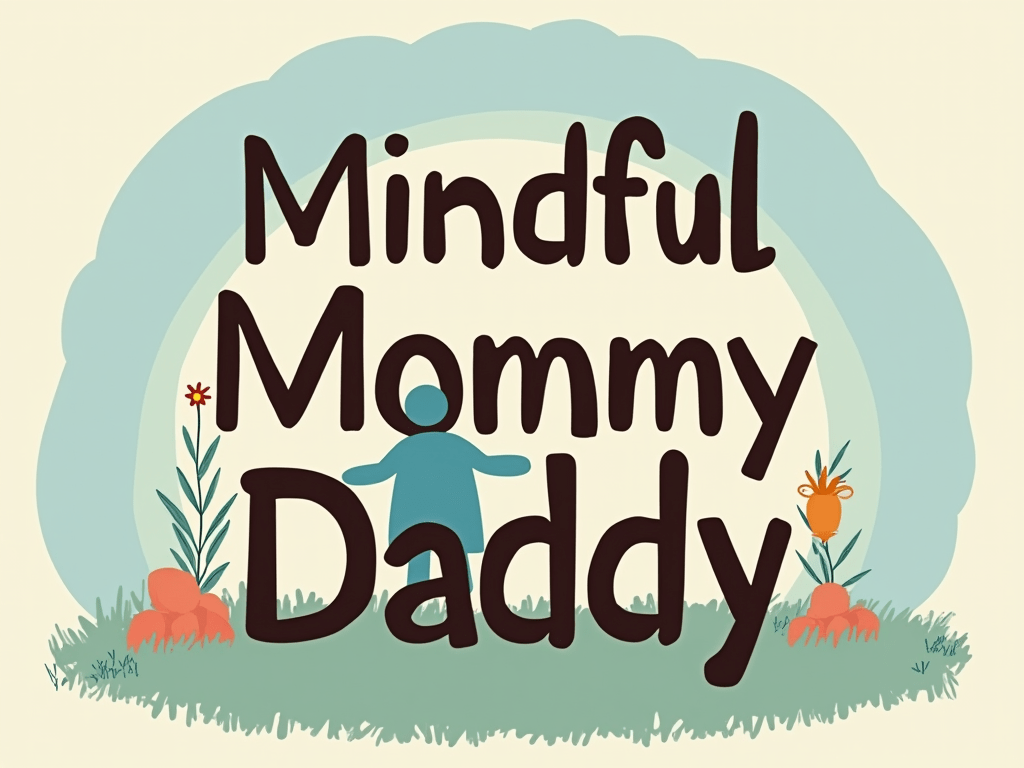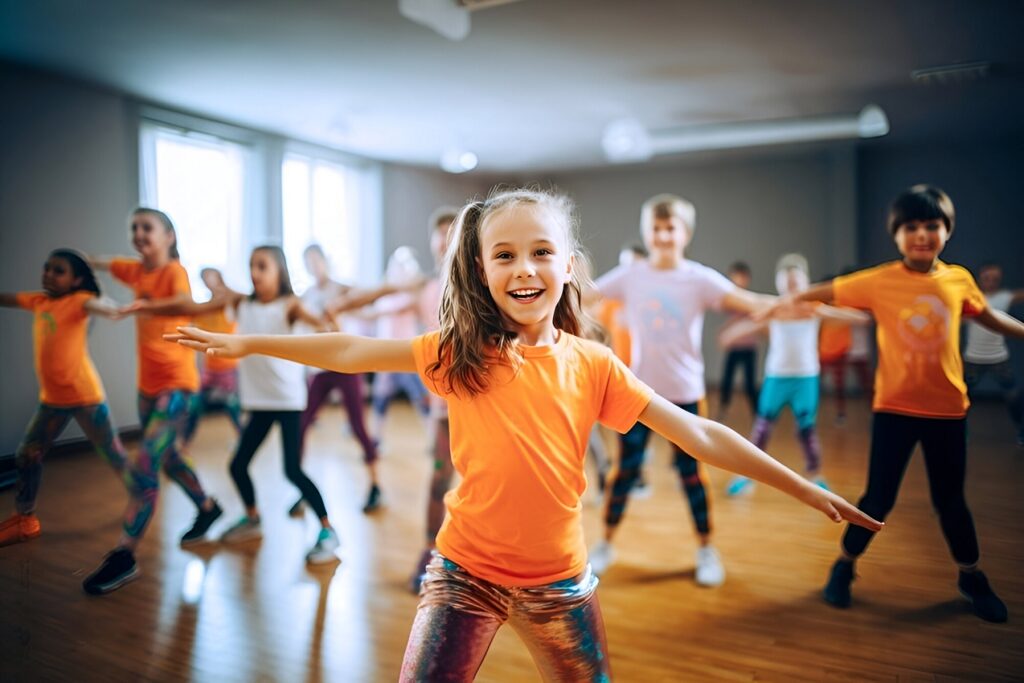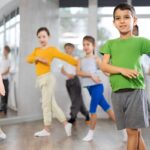A positive dance community serves as a cornerstone for personal growth, social cohesion, and cultural enrichment. By fostering an environment of support and inclusivity, such communities enable individuals to flourish both within and beyond the dance studio. In this article, we explore the multifaceted benefits of engaging in a positive dance community, emphasizing its impact on physical health, mental well-being, social connections, and cultural vitality.
Key Takeaways:
- Dance Promotes Holistic Well-Being – A positive dance community enhances physical health, mental resilience, and emotional expression, creating a well-rounded experience that improves overall quality of life.
- Fosters Strong Social Connections – Dance communities bring people together, fostering friendships, mentorships, and intergenerational bonding, which strengthens the sense of belonging and support.
- Encourages Creativity and Confidence – By providing a platform for artistic expression, dance helps individuals build self-confidence, push creative boundaries, and express emotions through movement.
- Opens Professional and Personal Growth Opportunities – Whether as a career path or a means of personal development, dance offers valuable life skills such as discipline, teamwork, and leadership.
- Builds Mental Resilience and Perseverance – Overcoming challenges in dance, from mastering choreography to performing under pressure, fosters a mindset of persistence and adaptability that benefits all areas of life.
Physical Health Benefits
Participation in dance offers numerous physical health advantages, including improved cardiovascular fitness, enhanced muscle strength, and increased flexibility. Engaging in dance activities can also aid in weight management and boost overall energy levels. A positive dance community encourages consistent participation, making it easier for individuals to maintain these health benefits over time.
Mental and Emotional Well-Being
Dance has been shown to have a profound impact on mental health by reducing stress, anxiety, and depression. The expressive nature of dance allows individuals to release emotions and experience joy, leading to improved mood and self-esteem. Moreover, being part of a supportive community provides a sense of belonging and purpose, further enhancing emotional well-being.
Social Connections and Community Building
A positive dance community fosters social interaction and strengthens communal bonds. Participants have the opportunity to meet new people, build friendships, and develop a support network. These social connections contribute to a sense of community and collective identity, promoting overall societal well-being.
Cultural Enrichment and Diversity
Dance communities often celebrate various cultural traditions, promoting diversity and inclusivity. By embracing different dance styles and cultural expressions, these communities enrich participants’ understanding of the world and encourage appreciation for global cultures. This cultural exchange fosters mutual respect and broadens perspectives.
Personal Development and Life Skills
Engaging in dance within a positive community setting cultivates essential life skills such as discipline, teamwork, and leadership. Dancers learn to set goals, overcome challenges, and work collaboratively, skills that are transferable to other areas of life, including academic and professional endeavors.
Dance as a Tool for Confidence Building
A positive dance community serves as an incredible confidence booster, providing a safe space for individuals to express themselves without fear of judgment. The process of learning new choreography, performing in front of an audience, and receiving constructive feedback helps dancers develop self-assurance. Over time, these experiences translate into greater confidence in everyday life, from social interactions to professional settings. Whether a beginner or an experienced performer, every participant benefits from the encouragement and motivation that a supportive dance community provides.
Intergenerational Bonding Through Dance
Dance communities often bring together people of all ages, fostering intergenerational connections that might not occur in other social settings. Children, teenagers, adults, and seniors can all participate in group activities, learn from one another, and share their unique experiences. This interaction helps bridge generational gaps, allowing older dancers to mentor younger ones while benefiting from the fresh energy and creativity of the next generation. Such interwoven relationships strengthen the sense of belonging and create a dynamic, enriching environment for all members.
Dance as a Creative Outlet
Beyond its physical and social benefits, dance serves as a powerful creative outlet, allowing individuals to channel emotions, tell stories, and explore artistic expression. A positive dance community encourages originality and experimentation, providing a platform for dancers to choreograph, improvise, and push their creative boundaries. Whether through contemporary dance, hip-hop, or ballroom, participants can tap into their artistic potential, fostering a deeper connection between movement and emotion.
Professional and Career Opportunities
For many, dance is not just a hobby but a pathway to professional opportunities. A nurturing dance community cans open doors to careers in teaching, choreography, performance, and event coordination. Many dance studios and organizations offer mentorship programs, competitions, and networking events that help individuals advance in the industry. Even for those who do not pursue dance professionally, the skills acquired—such as discipline, teamwork, and stage presence—can be highly beneficial in various career fields.
Strengthening Mental Resilience
A positive dance community not only nurtures emotional well-being but also strengthens mental resilience. Learning complex dance routines, overcoming stage fright, and pushing through physical challenges instill perseverance and determination. These experiences help individuals develop a growth mindset, teaching them how to embrace setbacks and keep striving for improvement. By fostering resilience through dance, community members build essential coping mechanisms that extend beyond the studio into everyday life.
The impact of a positive dance community extends far beyond the dance floor. It enhances physical health, supports mental and emotional well-being, builds social connections, enriches cultural understanding, and fosters personal development. By participating in such communities, individuals not only improve their own lives but also contribute to a more connected and vibrant society.
How does being part of a dance community improve mental well-being?
Being part of a positive dance community reduces stress, anxiety, and depression by providing a creative outlet for self-expression. The supportive environment fosters a sense of belonging, boosting self-esteem and emotional stability while promoting a healthy balance between physical movement and mental relaxation.
Can dance help improve social skills and relationships?
Yes, dance encourages teamwork, communication, and collaboration, strengthening interpersonal skills. By engaging with others in a shared artistic experience, participants build friendships, develop trust, and enhance their ability to interact confidently in social and professional settings.
How does being part of a dance community improve mental well-being?
A positive dance community is inclusive, supportive, and encouraging, creating an environment where individuals feel valued and inspired. It promotes mutual respect, constructive feedback, and shared experiences that foster both personal and collective growth, ensuring a safe space for artistic and emotional expression.



